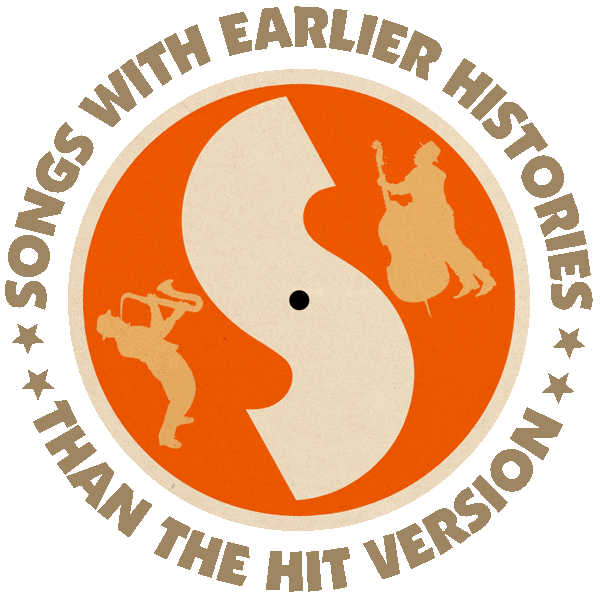First released (on The Beach Boys Today!) by The Beach Boys (1965).
Hit version (from Summer Days (and Summer Nights!)) by The Beach Boys (US #1/CAN #1/UK #27/SWE #5 1965).
From the wiki: “‘Help Me, Rhonda’ was written by Brian Wilson of the Beach Boys, with additional lyrics by Mike Love. Unlike many other songs by the band from this period, ‘Help Me, Rhonda’ features a lead vocal sung by Al Jardine.
“In his memoir, Wilson claimed the song was inspired by Bobby Darin’s ‘Mack the Knife’, which he was playing on the piano when he came up with the music for ‘Help Me Rhonda’. He has also cited ‘Fannie Mae’ — a 1952 R%B hit by Buster Brown — as an inspiration.

